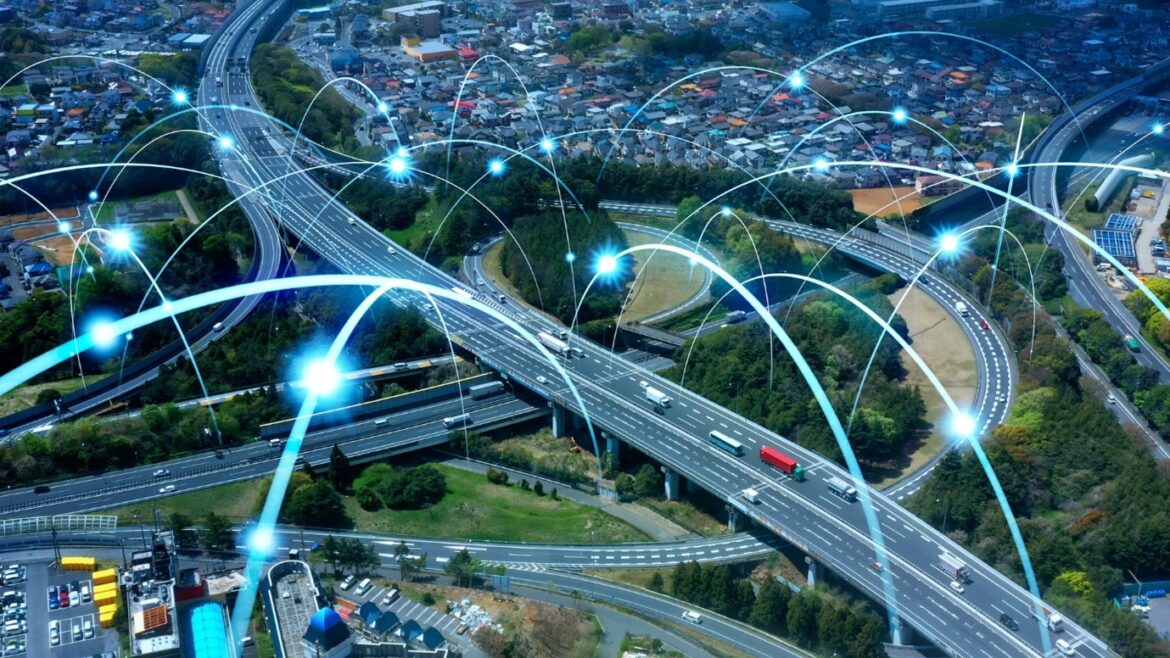Future-proofing Transportation Systems
An excerpt from McKinsey study “Building a transport system that works: Five insights from 25-city report” (Link)
In this article, McKinsey reviews the #transport systems in 25 cities around the world to define key elements of success in urban transportation systems. The cities are ranked and grouped into three categories: leading (first through tenth place), contending (11th through 18th), and emerging (19th through 25th).
Five key insights that stakeholders should pay attention to and that highlight best-in-class practices in cities around the world are:
1. Keeping service and safety standards high assuages pandemic-related fears of using public transport
During Covid-19 restriction, many people preferred use of their own private car instead of public transport. The research suggests that the visibility of pandemic-related #safety measures has a significant influence on perceived risks. For example, Chinese cities where the perceived risk of infection while using transport is low, experienced high rates of public-transport mobility during the pandemic.
2. Expanding transport networks and applying smart policies, to increase availability and affordability
Expanding metro and rail lines, improving road #infrastructure, increasing the number of bicycle lanes and pedestrian streets and investing in shared-transport schemes such as rental-bike and ride-sharing services help to make the transport more accessible and affordable. Also public policies play a critical role in keeping transport affordable, whether it’s by regulating low bus and subway fares or by encouraging competition between legacy transport operators and ride-sharing companies.
3. Dedicated public-transport lanes and digitalization
Increasing the number of dedicated public-transport lanes, optimizing bus routes, completing road construction or modernization projects, and implementing digital upgrades all help improve the commuter experience regarding convenience and efficiency. Our convenience index assesses the ease of switching from one transport mode to another. High performers have invested in upgrading their ticketing systems, increasing internet access, and increasing the number of wheelchair-accessible buses and underground stations. Some offer convenient mobility-as-a-service applications (MaaS) to plan routes and to verify and pay fines and penalties.
4. Sustainability matters
The vast majority of respondents cited safety as their number-one priority, so it’s imperative that city planners and authorities constantly look to minimize accidents and fatalities while reducing the city’s carbon footprint. Initiatives to ensure compliance with safety requirements is important, as is the implementation of more stringent restrictions on the use of petrol and diesel engines, measures to reduce pollution and incentives to switch to electric vehicles.
5. Better communication to bridge gaps between perception and reality
Residents appear to appreciate the hard work urban authorities have put into transport projects but sometimes their perceptions may not be aligned with reality. For instance, most citizens feel that public transport is too expensive in their cities. So even though Seoul, for example, stands out as a leader in public-transport affordability based on objective metrics, its citizens remain dissatisfied.
#Safety
#Transportation
#Sustainability
#Infrastructure
#Efficiency




